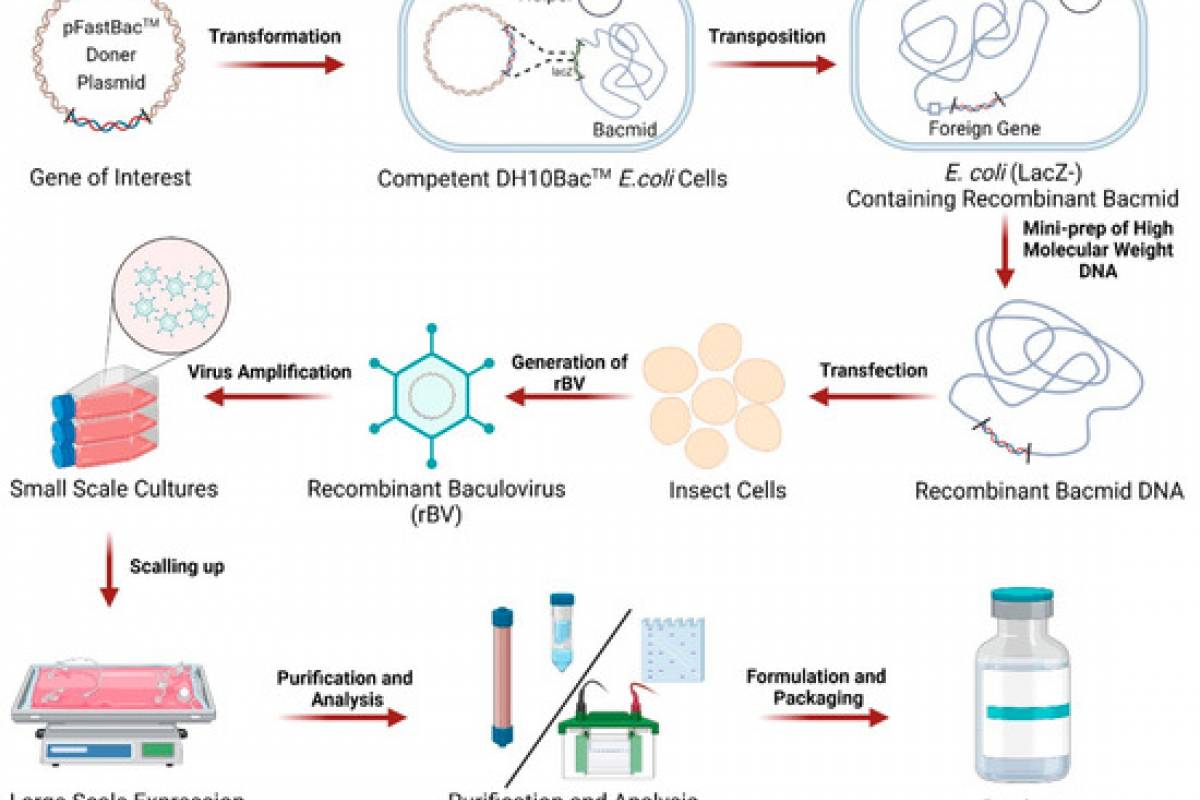Pune (Vax-Before-Travel News)
The world’s largest vaccine manufacturer, Serum Institute of India (SII) Pvt. Ltd., is enhancing its pandemic response preparedness by utilizing a baculovirus vaccine platform specifically designed to target H5N1 bird…
